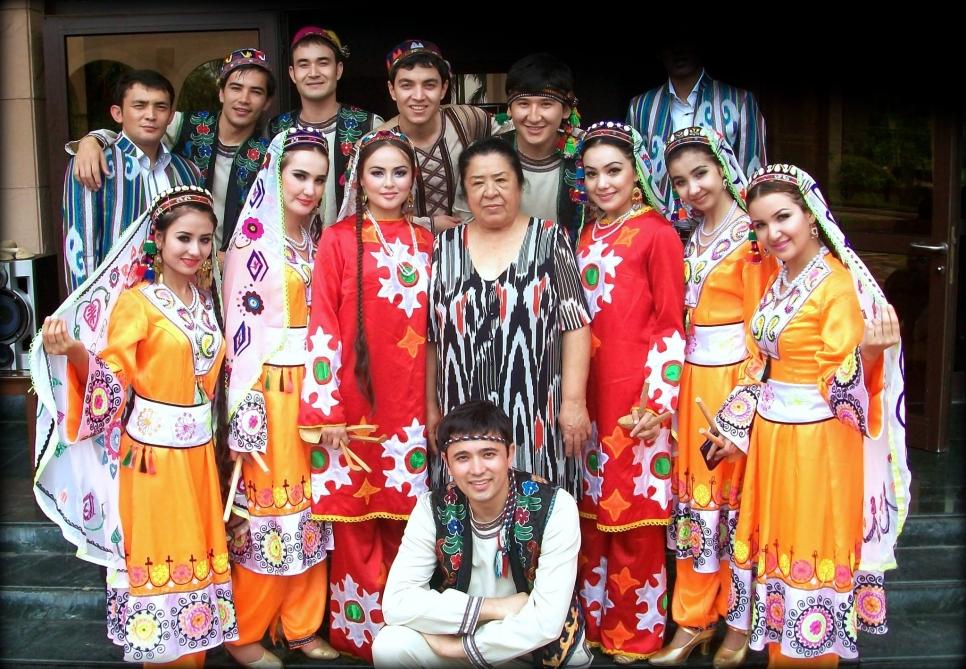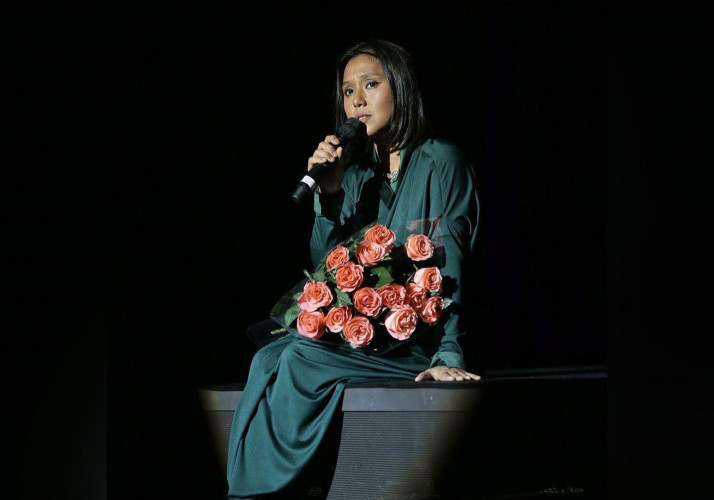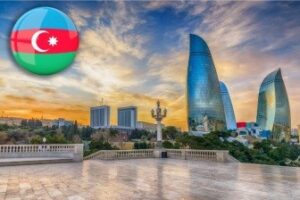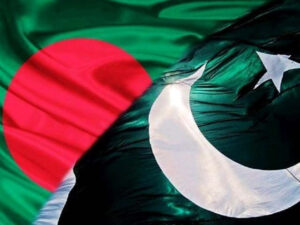Uzbek Music

Uzbek music is rich and diverse that has been shaped by the Uzbekistan’s history and geography.
In terms of poetry, musical instruments often used to perform traditional Uzbek poems and songs. The lyrics of these songs often feature complex and intricate rhyme schemes and meters, and they are an important part of the Uzbek music tradition.
The traditional Uzbek poetry is rich in metaphors, and it often conveys messages about love, nature, and social issues. So, these poems are often accompanied by music and instruments and it creates a unique and emotive experience for the listener.
Complex rhythms and melodic structures are characteristic features of Uzbek music. The rhythms in Uzbek music are often syncopated and feature complex polyrhythms, where multiple independent rhythms are played simultaneously. These rhythms are created using a variety of percussion instruments, including the doira, as well as by using hand clapping and foot stomping.
Music is characterized by the use of traditional instruments such as the dutar (a long-necked lute), the tanbur (a plucked lute), and the doira (a frame drum), as well as by the use of complex rhythms and melodic structures.
Uzbek music includes solo singing and choral singing. Folk songs, classical music, and pop music are all popular in Uzbekistan.
Uzbek music – Range of Vocal Styles
Uzbek music features having a wide range of vocal styles, including traditional, classical, and pop styles. Traditional Uzbek vocal styles include the maqom, which is a complex system of melodic modes and improvisation, and the Shashmaqam, which is a classical vocal style that is characterized by its emotional intensity and virtuosity.

Pop vocal styles include the more recent “Uzbek pop” which is heavily influenced by the Russian chanson and Turkish pop music, and more traditional forms such as “Bakhshi” and “Lola” styles. The use of falsetto and vibrato is also a common technique used in Uzbek vocal music, as well as the use of a wide range of pitch and dynamics.
Maqom
Maqom is a traditional Uzbek vocal style that is characterized by its complex system of melodic modes and improvisation. It is rooted in the Central Asian classical music tradition, and is considered a highly virtuosic and expressive form of singing.
The Maqom system is based on a set of melodic modes, each with its own distinct characteristics and emotional associations. Singers are trained to master these modes and to use them in improvisation, creating unique performances each time they sing.
It is usually sung in solo and accompanied by instruments like dutar, tanbur, and doira. It is considered one of the most important elements of the Uzbek music tradition and is an important part of the cultural heritage of Uzbekistan.
Shashmaqam
Shashmaqam is a classical Uzbek vocal style that is characterized by its emotional intensity and virtuosity. It is a form of traditional music that combines elements of both Central Asian and Persian classical music.
It is based on a system of melodic modes, similar to the maqom, but it also incorporates elements of poetry, dance, and instrumental music. It is performed by a large ensemble of musicians and singers, typically including a lead vocalist, a dutar player, and a percussionist.
Shashmaqam performances often tell a story or convey a message and are deeply rooted in the cultural and historical traditions of Uzbekistan. It is considered a highly refined and sophisticated art form and is an important part of Uzbekistan’s cultural heritage.
Pop Music
Uzbek pop music is a genre of popular music that has emerged in Uzbekistan in the last few decades. It is heavily influenced by Russian chanson and Turkish pop music, and is characterized by its catchy melodies, simple lyrics, and use of modern production techniques.
Uzbek pop music often features a fusion of traditional Uzbek musical elements with contemporary styles such as hip-hop, R&B, and electronic dance music. It has gained popularity in Uzbekistan and Central Asia, and many Uzbek pop artists have achieved regional and international success.

Uzbek pop music is also known for its use of the Uzbek language, and its lyrics often deal with themes of love and national identity. Some of the most popular Uzbek pop artists include Sevara Nazarxon and Sardor Mamadaliyev.
Uzbek pop music is part of the Uzbek music scene, which also includes classical and traditional Uzbek music, and like many other pop music, it is a way for young people to express themselves and connect with the contemporary culture.
Musical Instruments
Uzbek music features having a wide range of traditional instruments, that are:
- Dutar: The dutar is a traditional stringed instrument and it is widely used in Uzbek music. It is a long-necked lute that has two strings, and it is played by plucking the strings with the fingers. The body of the dutar is usually made of mulberry wood and the strings are made of gut or nylon.The dutar has a distinctive and beautiful sound that is characterized by its warm, mellow tone. It is used to play a wide range of musical styles, including folk songs, classical music, and pop music. The dutar is also an important part of the traditional Uzbek ensemble and is often played alongside other instruments such as the tanbur and the doira.The dutar is also widely used in Central Asia, and can be found in other countries such as Turkmenistan, Kazakhstan, and Kyrgyzstan. The dutar is a versatile instrument and can be used for both solo performances and ensemble performances, and it’s a important part of the Central Asian classical music tradition.
- Tanbur: It is a plucked lute that has a long neck and a round body. It typically has three strings, but can have up to five. The body of the tanbur is usually made of mulberry wood and the strings are made of gut or nylon.The tanbur has a bright and crisp sound, and it is used to play a wide range of musical styles, including folk songs, classical music, and pop music. It is also an important part of the traditional Uzbek ensemble and is often played alongside other instruments such as the dutar and the doira.The tanbur is also widely used in Central Asia. It is typically played with a plectrum, and the technique of playing involves intricate fingerings and finger movements on the strings.The tanbur is considered a versatile and complex instrument, and it requires a high level of skill to play. It is a key instrument in the Central Asian classical music tradition, and it’s an important part of the musical heritage of Uzbekistan.
- Doira: It is a cylindrical drum that is played with the hands, and it typically has a diameter of about 30 centimeters. The body of the doira is usually made of wood and is covered with animal skin. The doira has a deep and rich sound, and it is used to provide the rhythmic foundation for a wide range of musical styles, including folk songs, classical music, and pop music. It is also an important part of the traditional Uzbek ensemble and is often played alongside other instruments such as the dutar and the tanbur. The doira is also widely used in Central Asia, and can be found in other countries such as Turkmenistan, Kazakhstan, and Kyrgyzstan. It is considered a versatile and essential instrument in the Central Asian classical music tradition. The technique of playing the doira involves striking the drumhead with the fingers, and the player can create a wide range of rhythms and sounds by varying the pressure and speed of the strikes. It is also often used in solo performances and in dance accompaniment.
- Kamancha: It is a bowed string instrument, it has a piercing and clear sound, and it is considered a sophisticated and virtuosic instrument.
- Surnay: A double reed wind instrument, it has a loud and powerful sound and it is used to play a wide range of musical styles, including classical music and folk songs.
- Navo: It is a long-necked lute and it has a unique and beautiful sound and it is used to play a wide range of musical styles, including classical music and folk songs. It is similar to the Dutar and Tanbur, but it has a distinct sound and technique of playing. In terms of poetry, Navo is often used to perform traditional Uzbek poems and songs, which are an important part of the Uzbek music tradition. The lyrics of these songs often feature complex and intricate rhyme schemes and meters, and they are an important part of the Uzbek music tradition. Navo is also considered as a suitable instrument to perform these traditional Uzbek poems and songs, due to its ability to create a unique and beautiful sound.
- Nay: It has a soft and mellow sound and it is often used as an accompaniment to singing and other instruments. The Nay is made of bamboo, reed or metal and it typically has six finger holes, allowing for a wide range of notes to be played. In traditional Uzbek music, the Nay is often used to play the melody of a song and it can also be used to play improvisations. It’s also used as an accompaniment to singing, and it’s an important part of the Central Asian classical music tradition. In contemporary Uzbek music, Nay is also used in combination with other instruments, and it can be used to play a wide range of musical styles, from traditional and classical to pop music.
These instruments are considered an important part of the Uzbek music tradition and are an important part of the cultural heritage of Uzbekistan. They are used in a variety of musical styles, from classical and traditional to pop music.


